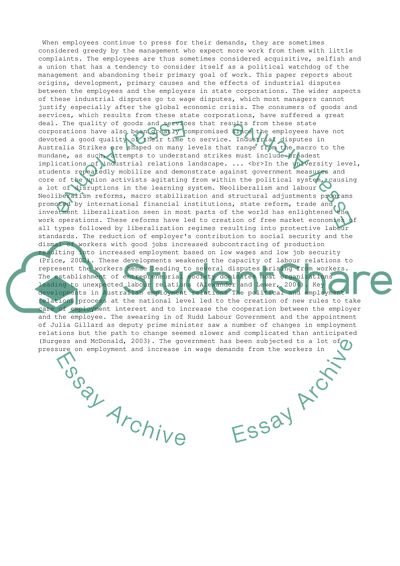Cite this document
(“An Industrial relations issue, its source and how to deal with this Essay”, n.d.)
An Industrial relations issue, its source and how to deal with this Essay. Retrieved from https://studentshare.org/business/1485695-an-industrial-relations-issue-its-source-and-how
An Industrial relations issue, its source and how to deal with this Essay. Retrieved from https://studentshare.org/business/1485695-an-industrial-relations-issue-its-source-and-how
(An Industrial Relations Issue, Its Source and How to Deal With This Essay)
An Industrial Relations Issue, Its Source and How to Deal With This Essay. https://studentshare.org/business/1485695-an-industrial-relations-issue-its-source-and-how.
An Industrial Relations Issue, Its Source and How to Deal With This Essay. https://studentshare.org/business/1485695-an-industrial-relations-issue-its-source-and-how.
“An Industrial Relations Issue, Its Source and How to Deal With This Essay”, n.d. https://studentshare.org/business/1485695-an-industrial-relations-issue-its-source-and-how.


